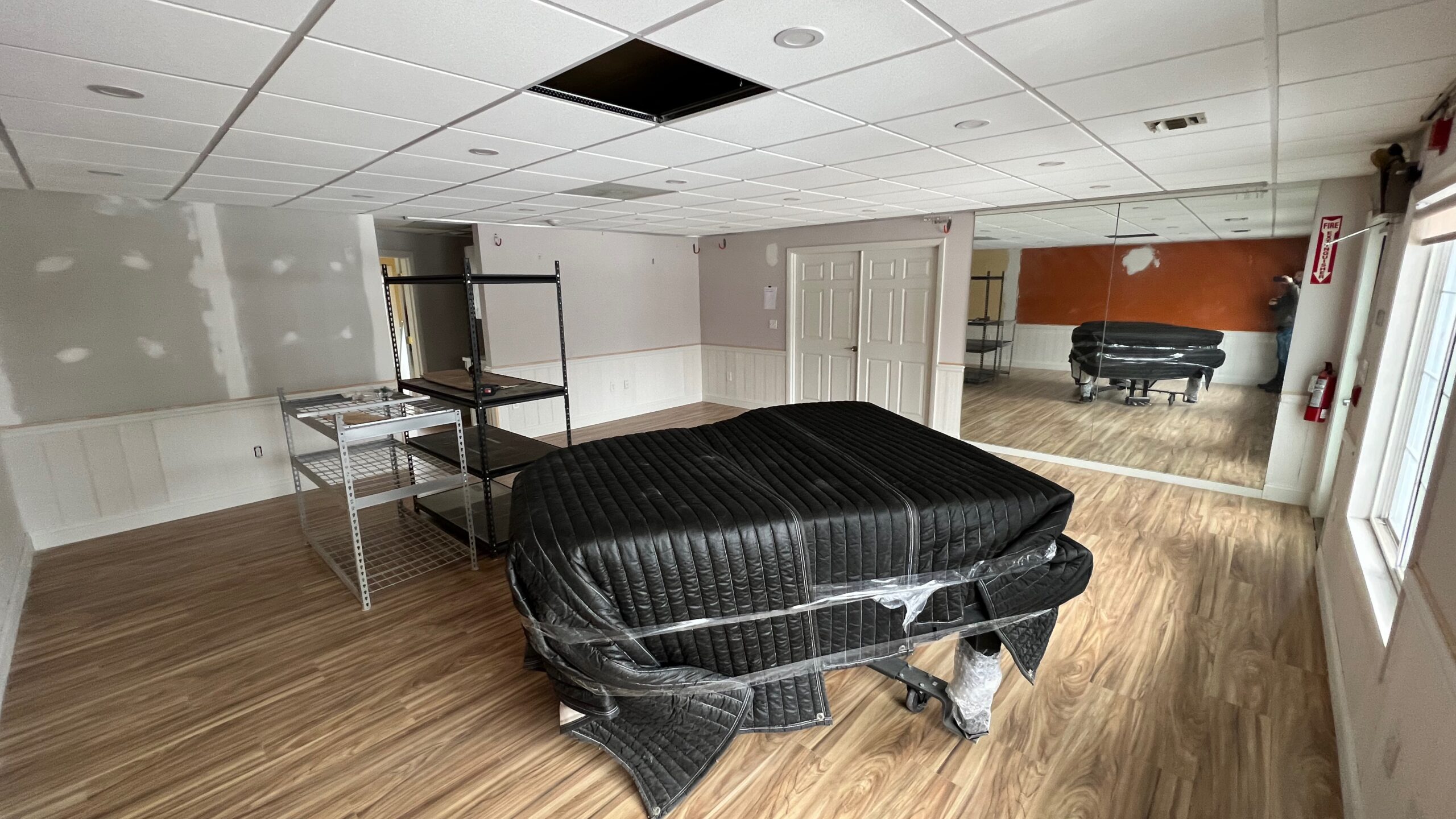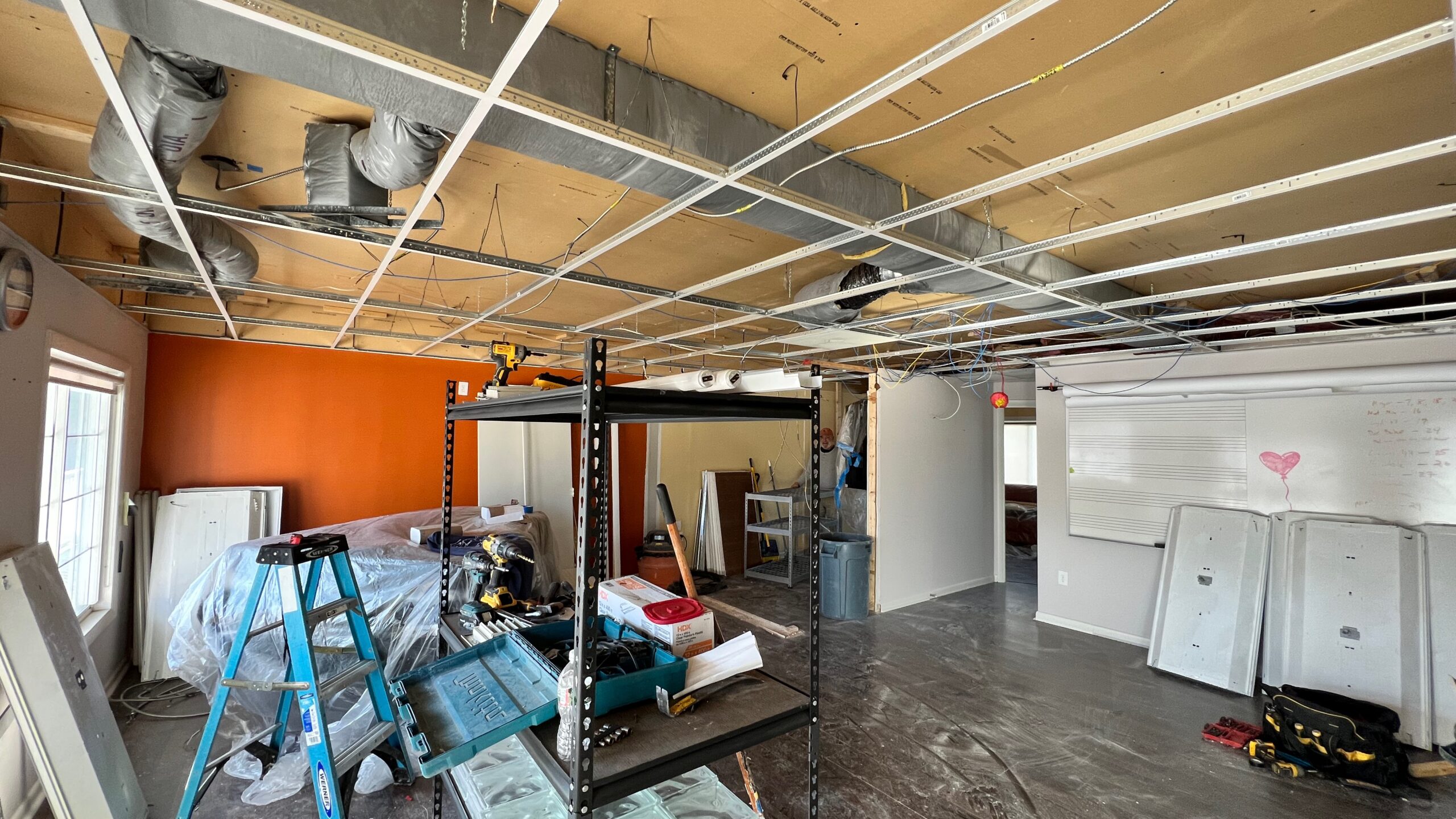Jazzedge Academy Studio Upgrade & Grand Piano
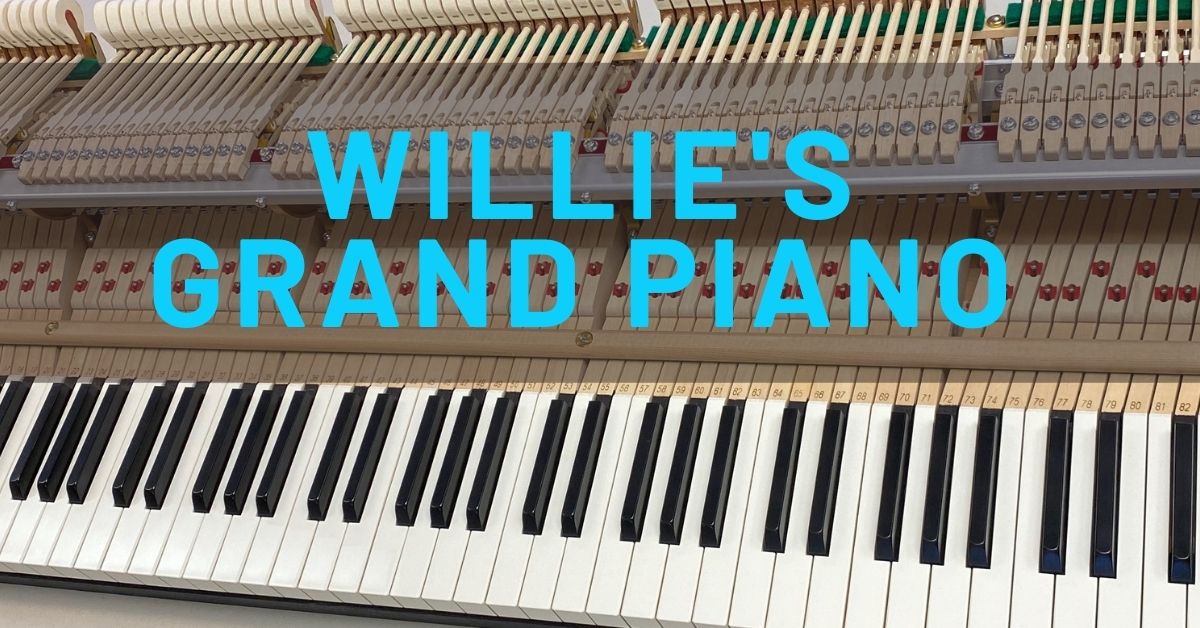
I've been lucky enough to have some nice pianos in my life. My old studio piano was a 1925 Kanabe 6' grand piano. My Kanabe and I have had some great memories together. In fact I wrote and rehearsed the songs for both of my albums on that piano. Now my Kanabe lives in my living room.
Here's Annika tickling those ivories. Actually the Kanabe doesn't have ivory, it's a plastic-based key which I'm not 100% sure of its makeup. But, it feels good to the fingers!
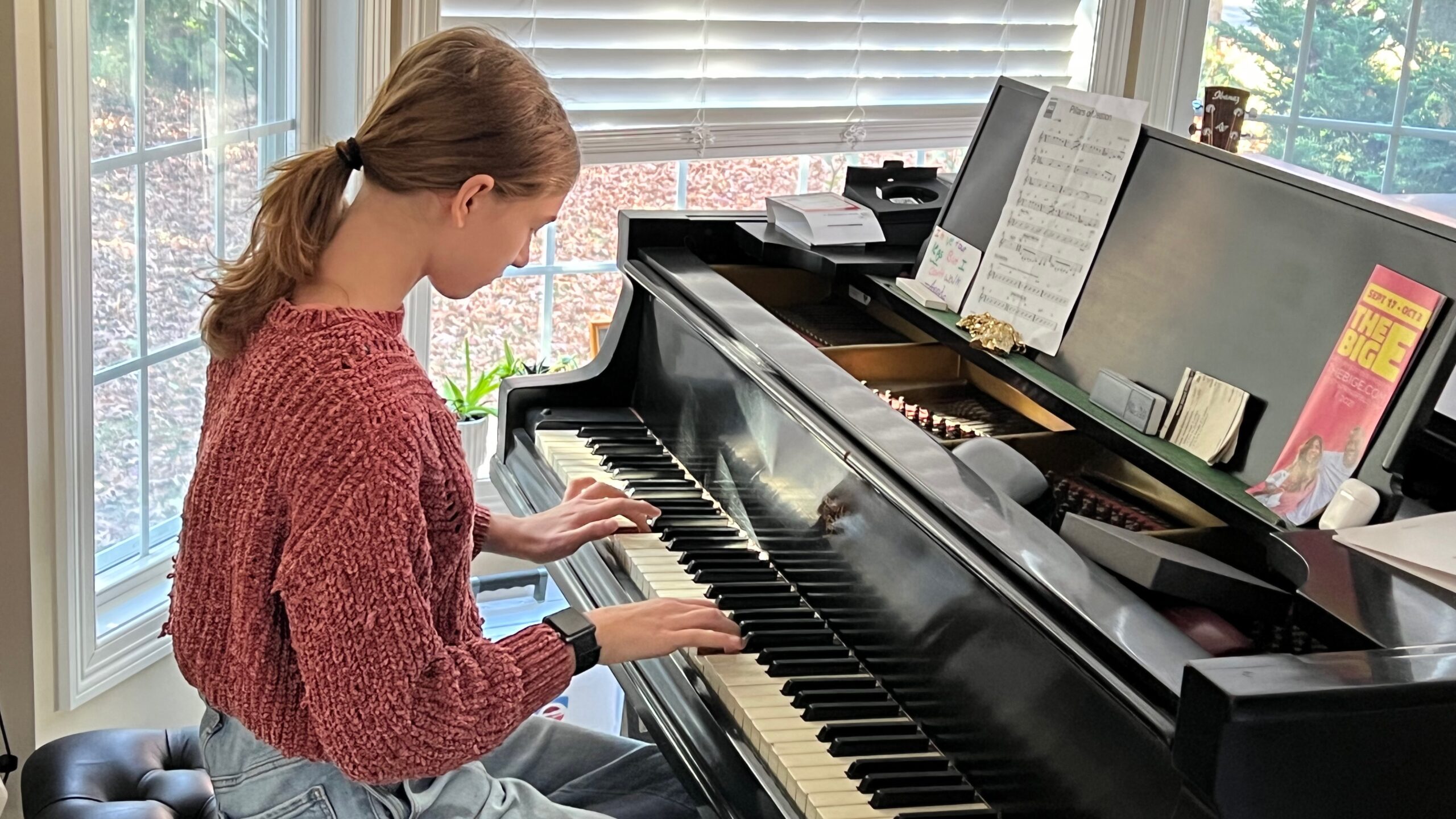
Even though the Kanabe has served me well over the years, I felt I needed a better quality instrument for my Jazzedge studio.
Time for an upgrade...
Jami encouraged me to go take a look at pianos, and in October of 2020 we took a ride up to Steinert in Boston and I fell in love with this Boston piano. Thank you Jami for encouraging me to get it!

Quick story about Boston pianos.
I've always loved their pianos since I did a gig about 20 years ago on a Boston piano. It was a private house party in which the hosts had a gorgeous Boston piano in a room away from the guests. I was hired to play cocktail piano for a few hours and it was like a wonderful practice session just sitting at this beautiful instrument, being able to play whatever I wanted for hours.
Needless to say, I was hooked on Boston pianos. So, in October 2022, I took the leap and purchased the GP-193 Performance Edition II by Boston.
The Grand Piano Move
Moving a 6'4" 824 lb piano is never an easy job. Luckily being close to Boston we have some great piano movers in this area.
The movers needed to bring the piano up to the 2nd floor where the Jazzedge studio is located. Plus, they needed to make a pretty tight turn.
Take a look at some of the pictures from that day:
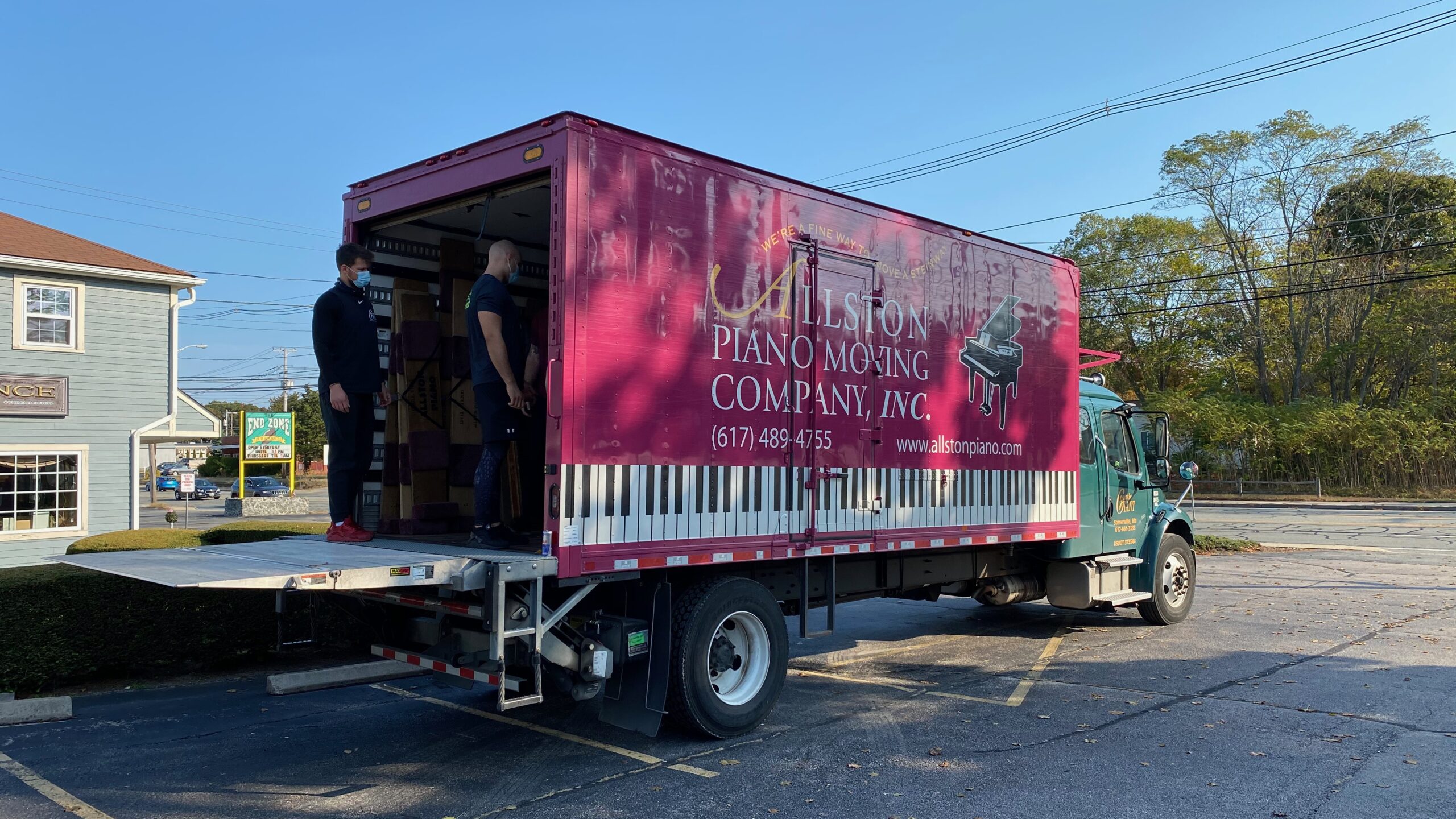
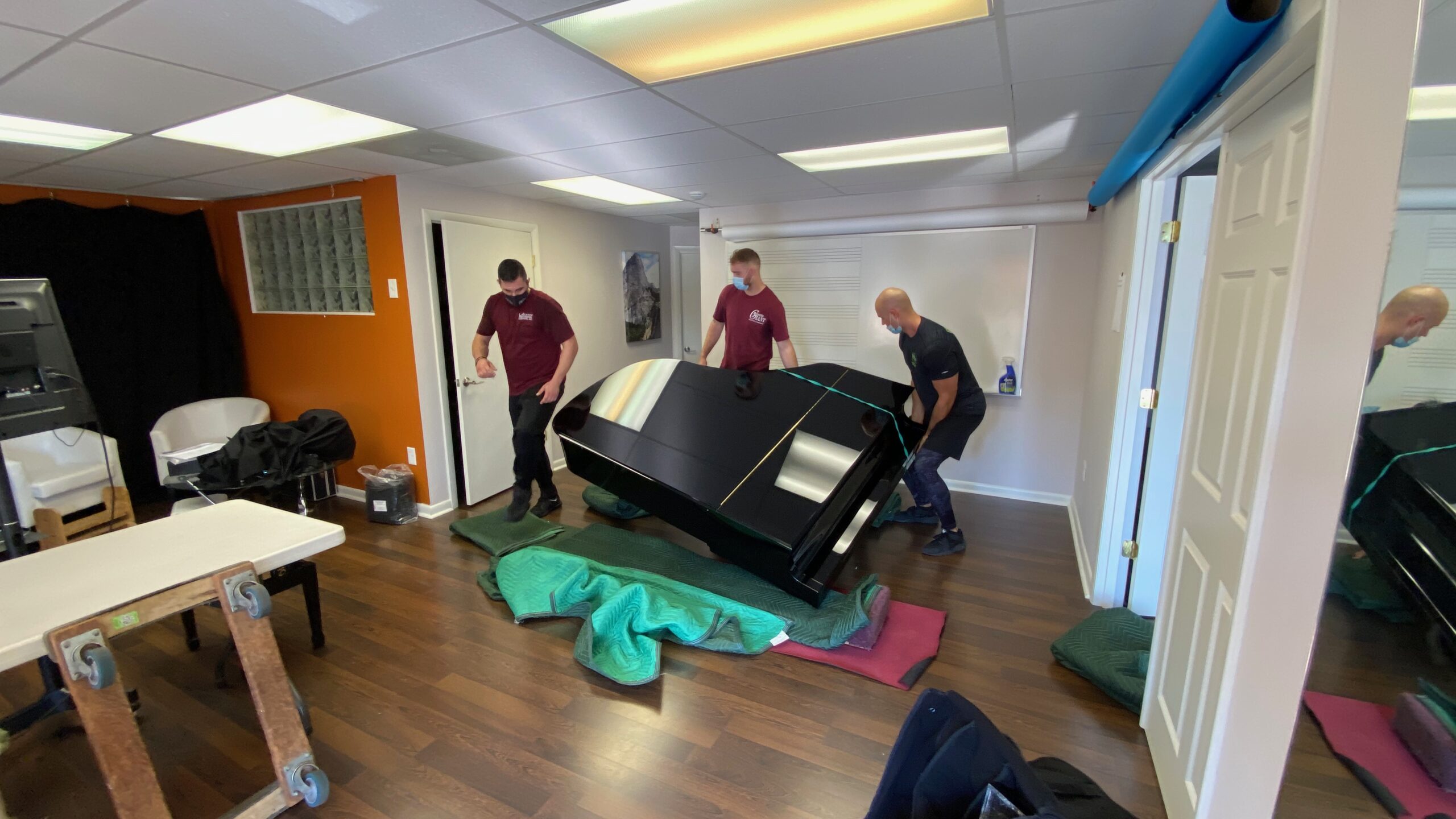
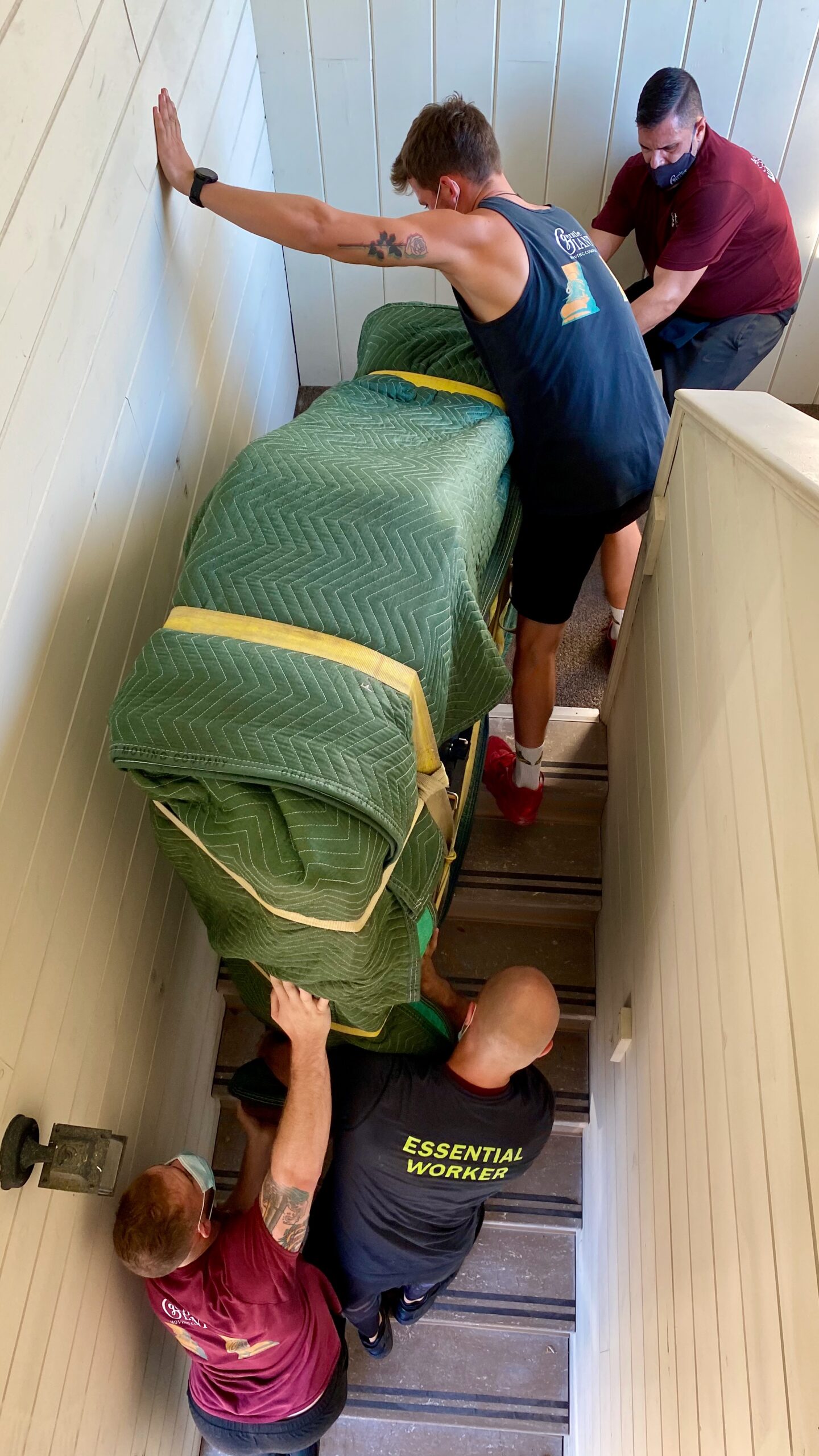
Studio Upgrade
Now that Paul is back with Jazzedge, I'll be focusing on my new Jazzedge Academy program.
I wanted to have a new studio look for this new program, so I was lucky when the office condo next door came up for sale. I quickly grabbed it and got working on a studio revamp.
Here you can see the studio being torn apart to be rebuilt:
'Midifying' The Grand Piano
MIDI, which stands for Musical Instrument Digital Interface allows you to connect devices to your computer. Basically a MIDI interface on a piano means that I can plugin in my piano to my computer to record, write music, and trigger the Jazzedge Virtual Keyboard.
To do this, I'm using the PNOScan product from QRS music.
My piano technician, Larry Brown can be seen below installing the light sensors for the MIDI application.
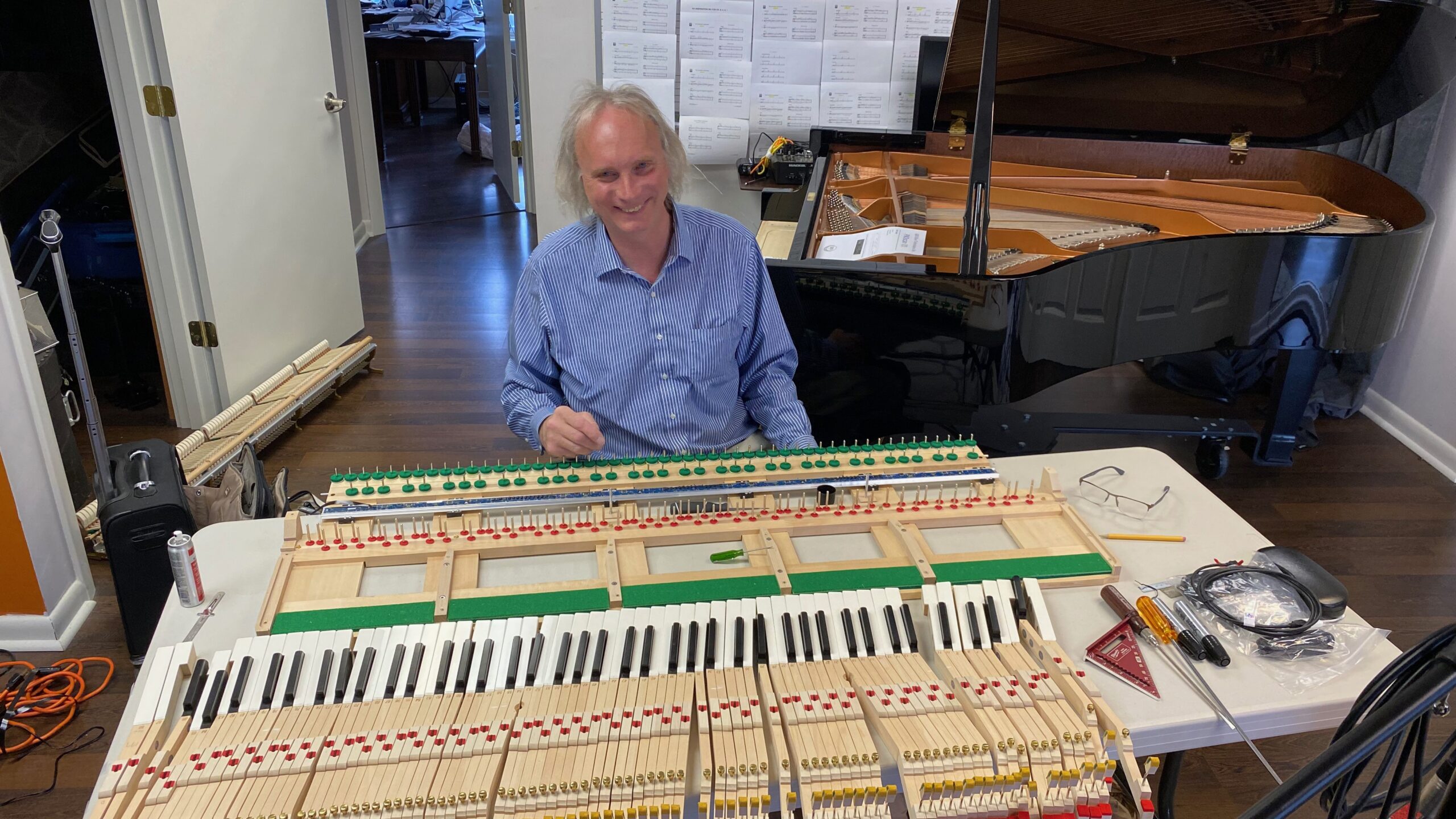
Now that I have MIDI installed on the piano, I can do fun things like trigger the Jazzedge Virtual keyboard to "light up" keys making it easier to see what I'm playing.
What Does The GP-193 PE2 Sound Like?
The piano has a beautiful, rich tenor and bass due to the fact that the soundboard of the piano is so wide, plus it is 6'4" long.
Here's a sample from the Jazzedge homepage of me playing the piano:
This is not the best recording, but it does highlight the beautiful range of this piano.
New Studio Coming This April
The new studio will be reading this April, 2022 and I plan on releasing many more performance videos once complete. I'll also be releasing early access to my TheTotalMusician program as well.
Right now, the piano is waiting for the action to come back...
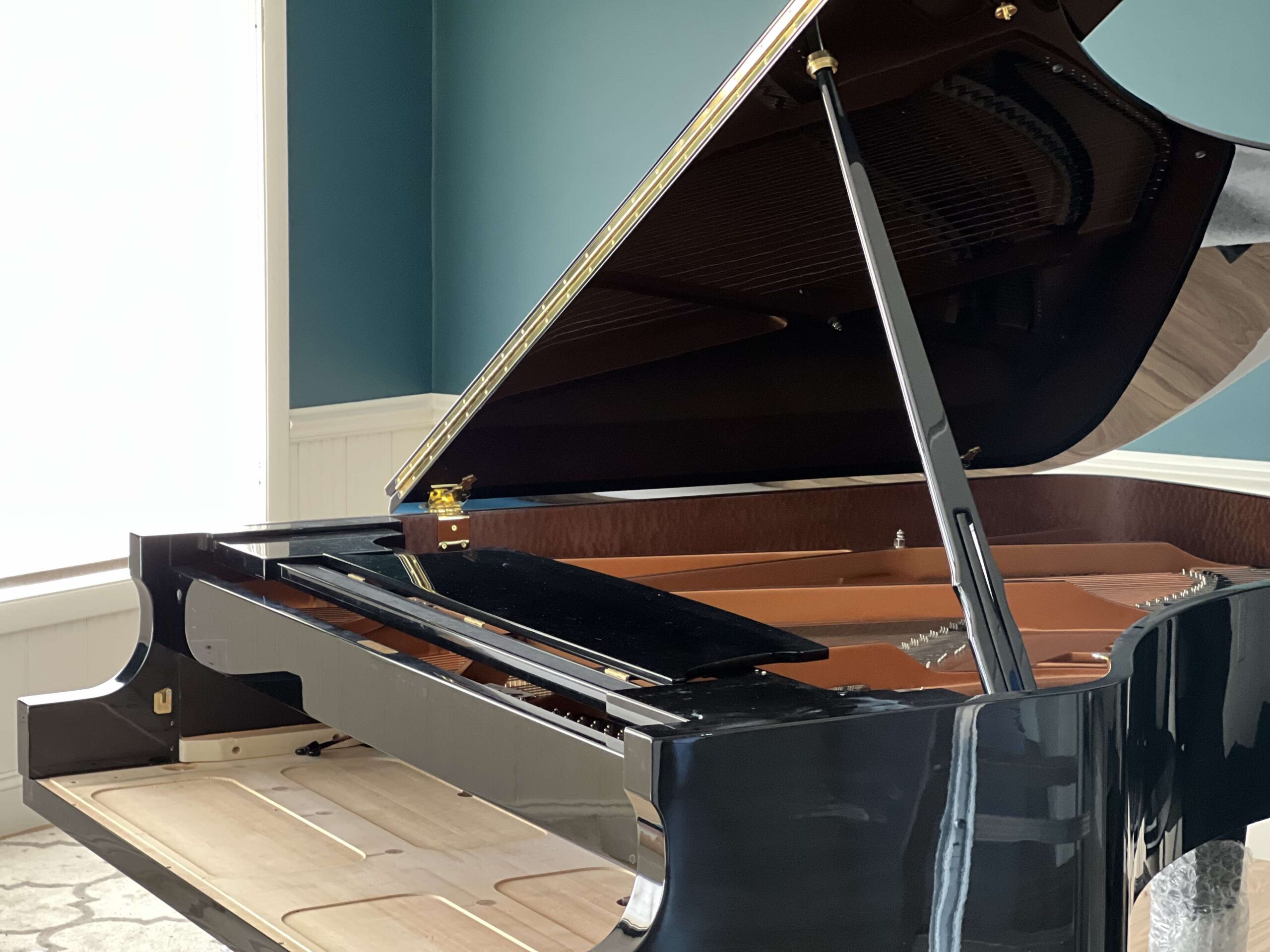
Conclusion
Well, that's my new piano.
How about you?
Do you have any piano stories to share? If so, leave them in the comments area below!

